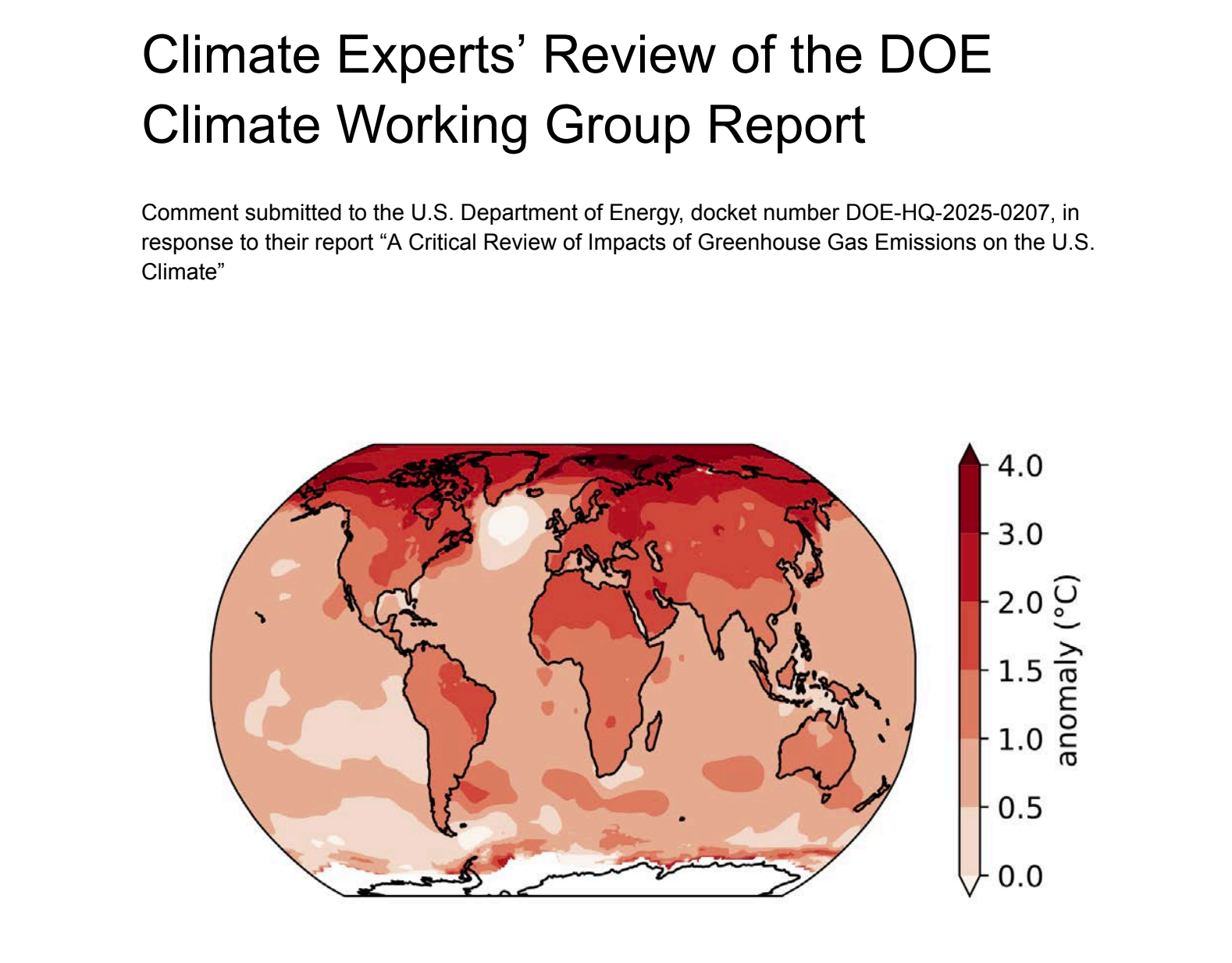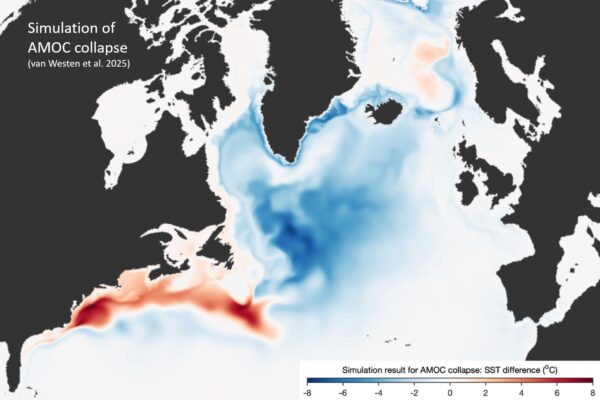Steve B: – “The graphs we have seen of an increasing rate of increase are almost always due to improper mixing, starting with tidal data, which measures the quantity of interest, and then moving to satellite data which requires a large amount of data.“
Satellite altimetry provides more accurate, near-global, and consistent sea level data for measuring planetary trends and long-term sea level changes than tide gauges, which offer only sparse, spotty, and often inconsistent long-term records. The modern era of continuous and accurate ocean topographic measurements began with the launch of the TOPEX/Poseidon satellite in 1992.
Satellites can measure sea levels across the planet, providing a comprehensive view of global and regional sea level changes. Satellite altimetry can reach accuracies of several centimeters or even millimeters when data is averaged globally. Combined with tide gauges, satellite data reveal accelerated sea level rise and provide critical data for understanding global and regional changes.
According to the IPCC AR6 GTIThe average rate of global mean sea level rise (SLR) was 1.3 mm/year between the period 1901 and 1971, increasing to 1.9 mm/year between 1971 and 2006.
The global average SLR is increasing exponentially. According to the World Meteorological Organization (WMO) report titled State of the global climate 2023In Figure 6, the overall mean SLR rate using satellite altimetry data was:
* Ten-year average of 2.13 mm/year for the period from January 1993 to December 2002;
* Ten-year average of 3.33 mm/year for the period from January 2003 to December 2012;
* Ten-year average of 4.77 mm/year for the period January 2014 to December 2023.
This suggests that the doubling time of the global mean SLR rate, since satellite altimetry measurements began in 1993, has been about 18 years.
Glaciologist Professor Dr. Jason Box, from the Geological Survey of Denmark and Greenland,
saying:
“Now, if the climate continues to warm, which is more than likely, then the loss commitment will increase. My best guess, if I had to come up with numbers; thus, by 2050, 40 centimeters above 2000 levels; and then, by the year 2100, 150 centimeters, or 1.5 meters above the 2000 level, which is something like four feet. Those numbers follow the dashed red curve in the IPCC’s Sixth Assessment, which represents the top 5 percentile of model estimates, because the model estimates do not deliver ice as quickly as observed. If you take the last two decades of observations, the models don’t even reproduce them for another 40 years.“
https://youtu.be/8jpPXcqNXpE?t=110
I would not be at all surprised to see the global mean sea level rise rate (SLR) accelerate further, from 5.9 mm/year in 2024 to 10 mm/year sometime in the 2030s, and double to 20 mm/year by 2050. ≥2 m) SLR before 2100.
An SLR meter would be catastrophic for many coastal cities, even in the United States. I think 1m global mean SLR is plausible as early as the 2060s.
The Earth System is already committed to more than 20 m SLR. On August 22, 2022, at the Cryosphere 2022 Symposium at the Harpa Conference Center in Reykjavik, Iceland, glaciologist Professor Jason Box said:
“And at this level of CO₂, this rough approximation suggests that we are already committed to more than 20 meters of sea level rise. So it would obviously help remove a huge amount of CO₂ from the atmosphere, and I don’t hear that conversation much, because we’re still adding 35 gigatons per year.“
https://youtu.be/iE6QIDJIcUQ?t=927
We/humanity will need to cool the Earth to save our coasts.
#Climate #scientists #response #DOE #report










